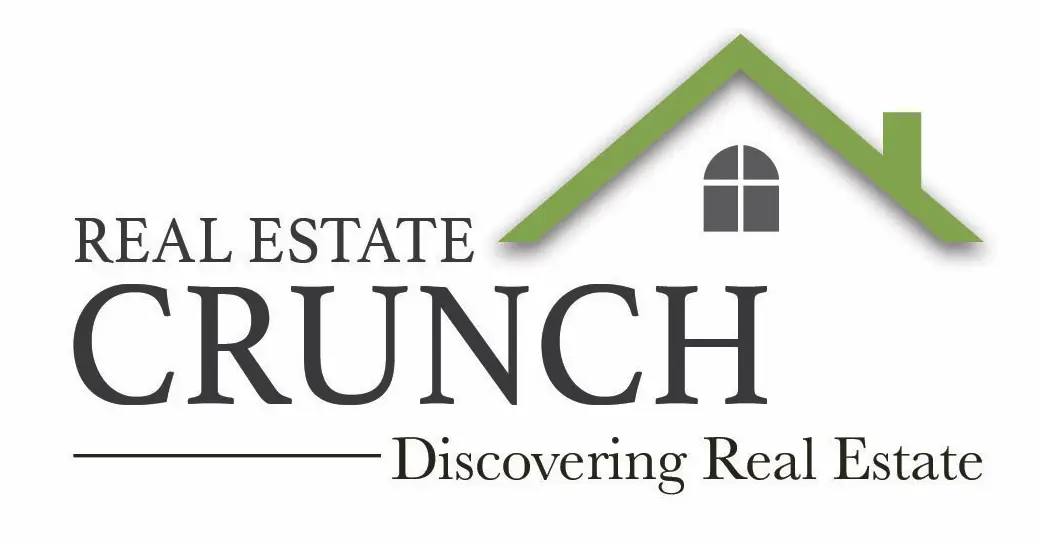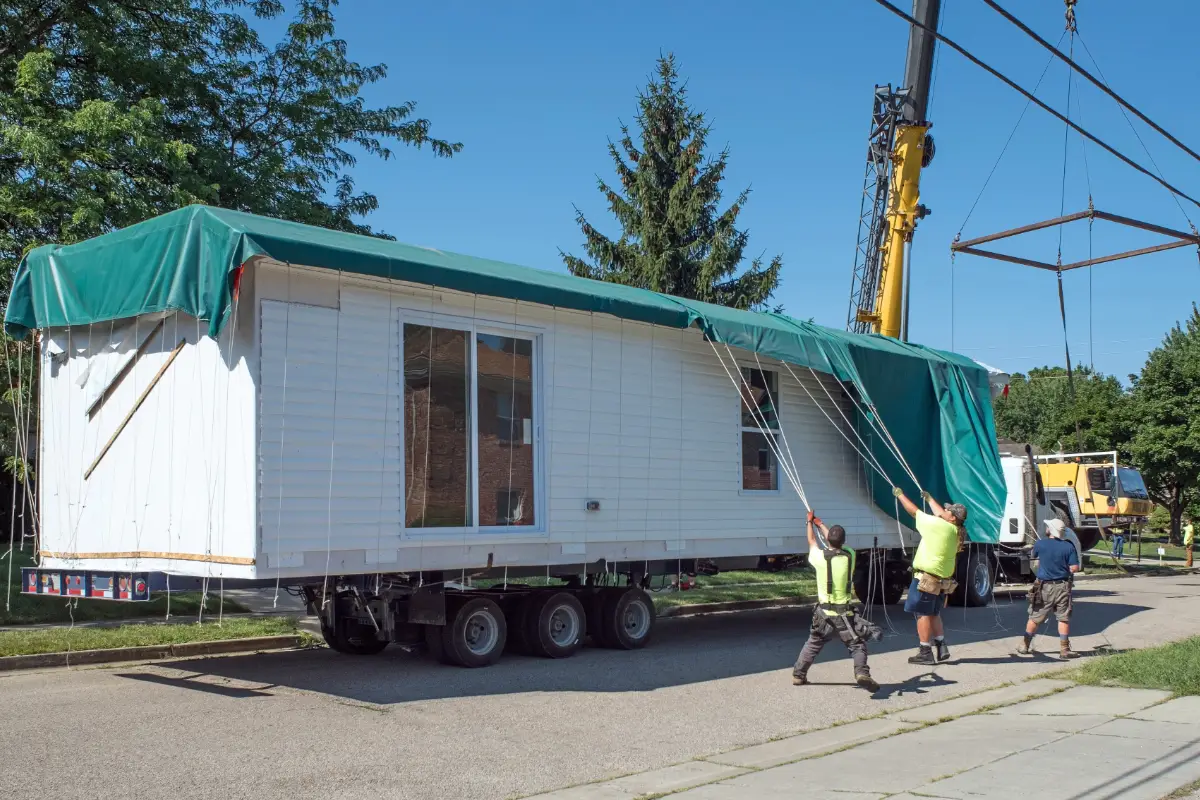Modular home construction presents an intriguing alternative to traditional home building, offering a blend of efficiency, cost-effectiveness, and design flexibility. This approach to creating homes has gained attention for its ability to streamline construction, potentially saving homeowners time and money.
As we examine the intricacies of modular home construction, we uncover the various factors contributing to its growing popularity, from the controlled factory environment to the swift assembly on site.
Table of Contents
- Understanding Modular Home Construction
- Cost Factors in Modular Home Construction
- Comparing Costs: Modular vs. Traditional Homes
- Financing Modular Home Construction
- Related Questions
Understanding Modular Home Construction
Modular home construction starts with building sections of a house in a controlled factory setting. Every part, from walls to roof trusses, gets assembled away from the final building site. This method contrasts sharply with traditional buildings where everything is constructed outdoors, exposed to the whims of weather.
Conditions in the factory are ideal for construction, reducing delays caused by rain or snow. Once these sections, often called modules, are complete, they’re transported to the building site. Depending on the location and size of the modules, trucks or sometimes even helicopters are used for transportation.
The building site preparation begins well before the modules arrive. Foundations are laid out similarly to traditional construction. However, these foundations must be precise as the modules are designed to fit together perfectly.

After arriving on site, a crane lifts each module into place on the foundation. Here, the house starts to take shape rapidly, like a puzzle being put together. Modules are connected and sealed, creating a tight envelope. This process can take days instead of months, greatly accelerating the timeline to a move-in-ready home.
One intriguing aspect of modular homes is their design flexibility. While there are standard layouts, companies offer customization options fitting various tastes and needs. Everything from the number of bedrooms to the kitchen layout can be designed upfront.
Advocates of modular homes also often tout cost savings. Since construction time is shorter and labor hours are used less frequently, it can be less expensive than traditional methods. Moreover, factory settings allow for more controlled inventory and less material waste, adding to the savings.
However, costs can vary widely based on design complexity, materials chosen, and transportation distance of modules to the site. Additionally, site preparation costs and local regulations can impact the total cost as much as in traditional home building.
Modular construction also leans heavily on green building practices. The tight construction that modular homes are known for lends itself to energy efficiency. Less air leakage means heating and cooling systems work less to maintain a comfortable indoor environment, thus saving energy.
Another highlight is the strength of the modules. They’re designed to withstand transport to the site, often making them sturdier than traditionally built homes. This can be particularly advantageous in regions prone to extreme weather.
All these aspects together paint a picture of modular home construction as an innovative alternative to conventional methodologies. Not only can it save homeowners time and potentially money, but it also offers a greener approach to building a new home.

Cost Factors in Modular Home Construction
The land purchase sets the stage for the initial expense in the modular home journey, marking a significant portion of the budget if the property isn’t already in possession.
Parcel prices vary widely depending on location, size, and accessibility. Preparing the chosen piece of land for construction often entails clearing trees, leveling the ground, or adjusting the terrain, which can also increase the cost depending on the plot’s initial state.
Next up, laying the foundation, an indispensable phase demands precise execution. Options range from slab to basement foundations, with each choice influencing the overall budget differently. The cost of a foundation is influenced by factors such as materials used, the complexity of the design, and local labor rates. It’s a pivotal investment that ties directly to the home’s structural integrity and longevity.
Utility connections bring life to a modular home, illuminating rooms and powering appliances. Yet, extending services like electricity, water, and sewage to the construction site might involve complex procedures and hefty fees, especially if these services aren’t readily available nearby. Beyond hook-up fees, you might face trenching costs or need to consider alternative systems like septic tanks or wells in more remote locations.
Landscaping transforms a construction site into a homely environment, presenting aesthetic and functional benefits. From simple lawn seeding to elaborate garden designs, outdoor enhancements contribute to the property’s appeal and cost. Not merely cosmetic, landscaping might include necessary grading for drainage or installing retaining walls.
Personalizing a modular home to meet your dreams and needs adds another layer to the financial layout. Upgrades from standard finishes or higher-end materials in kitchens and bathrooms can significantly elevate costs. Likewise, expanding square footage or adding architectural details for character and comfort customizes your space but also ticks the expense higher.
Each above element progressively builds upon the initial modular home cost, shaping the financial picture. With careful planning and understanding of these cost influencers, homeowners can navigate their modular home construction projects effectively, aligning their budget with their vision for a new living space.
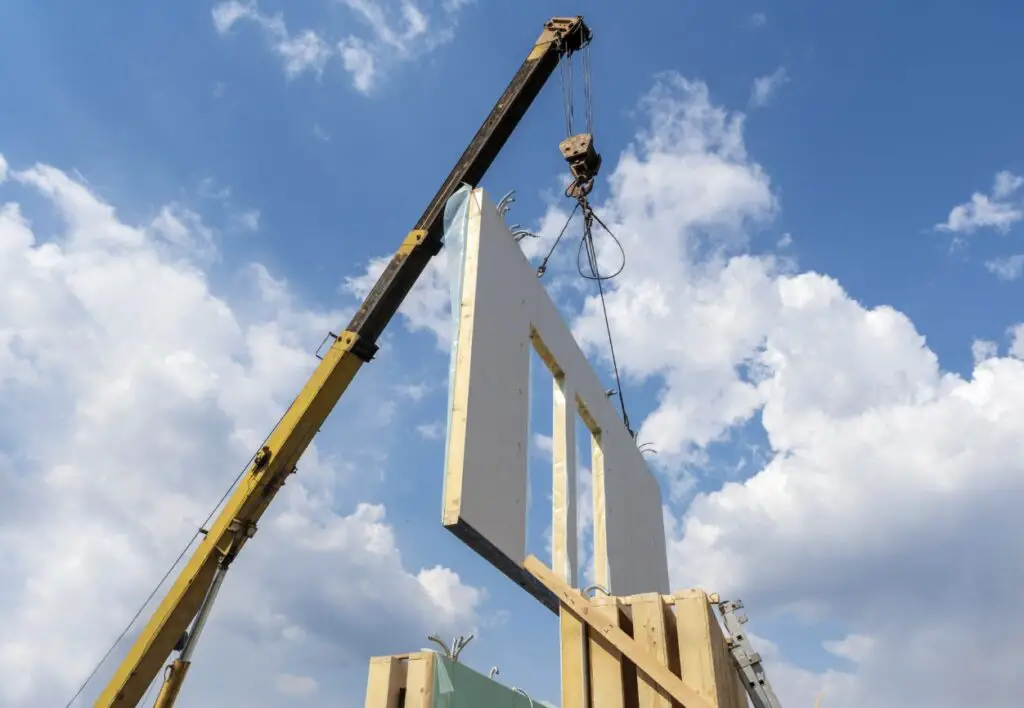
Comparing Costs: Modular vs. Traditional Homes
When weighing the costs of modular homes against traditional homes, one critical difference to highlight is the timeline for construction. Generally, modular homes can be completed significantly shorter than their traditional counterparts.
This quicker turnaround can lead to considerable savings in labor costs. Labor costs in construction projects often stretch budgets, with delays and extended timelines inflating expenses. In the modular home scenario, streamlined manufacturing and assembly processes cut down on these labor costs, potentially freeing up budget space for other investments or savings.
Building materials present another area for cost comparison. Modular homes benefit from bulk purchasing and controlled inventory in factory settings, which can reduce the cost of materials compared to individual buys for site-built homes. This efficiency in material acquisition brings down initial expenses and minimizes waste, contributing further to cost-effectiveness.
Maintenance over time is an area where modular homes shine regarding cost savings. Built with modern materials and designed for efficiency, they often require less maintenance than traditional homes. Modular homes are often ahead, especially when considering energy efficiency, and they are equipped with the latest in insulation and HVAC systems, translating not just to lower upfront costs but also to significant savings on utilities over time.
Resale value and insurance costs also affect the financial outlook of owning a modular versus a traditional home. As public perception and awareness of modular homes improve and evolve, their resale values have begun to align more closely with those of similarly sized traditional homes. Insurance companies, recognizing modular constructions’ durability and risk resilience, may offer more competitive rates for these homes than traditional homes, depending on location and other factors.
It’s critical to consider that while the base price of a modular home may present clear savings, potential homeowners must consider the full spectrum of costs.
This includes not only the standard price of land and site preparation for both types of homes but also unique factors such as potential crane rental for module placement and the variables involved in connecting to local utilities and infrastructure, which might differ slightly from site-built homes.
The economic edge of modular homes extends beyond the sticker price and into aspects such as construction loan interest. With faster build times, construction loans for modular homes may have shorter terms or accrue less interest, presenting another layer of savings.
Despite the many areas where modular homes can provide financial benefits, personal circumstances, and preferences play crucial roles. Location, customization, and specific site challenges can impact the total cost for either type of home construction, making it essential for potential homeowners to explore both avenues thoroughly, considering the long-term financial implications alongside their lifestyle needs and aesthetic preferences.
By carefully examining these factors, individuals can decide which housing option best suits their budget and life plans – a modular home that combines efficiency with modern amenities or a traditional stick-built home that offers other forms of value.
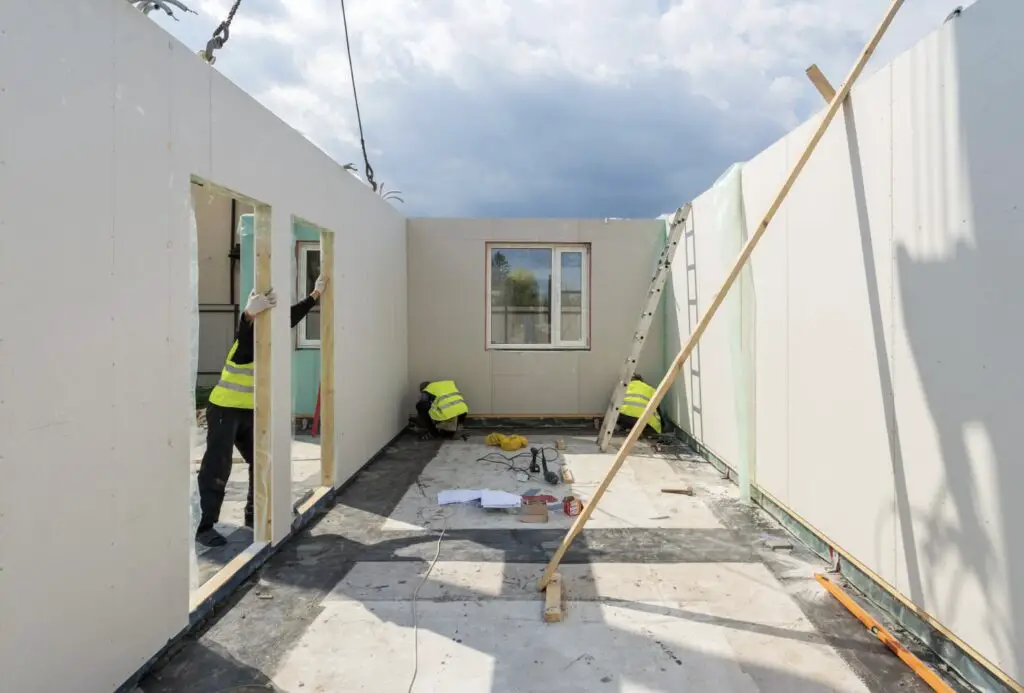
Financing Modular Home Construction
When financing a modular home, future homeowners have unique options and considerations that diverge from traditional home buying. Understanding these differences is crucial for a smooth financial journey.
Securing a loan for a modular home typically starts with construction loans. Unlike conventional mortgages, which lend money to buy an existing house, construction loans are designed to fund the construction of a new home—in this case, a modular one.
These loans generally cover everything from the initial design and land purchase (though this aspect has already been handled in this context) to the construction and eventual conversion into a permanent mortgage.
The construction-to-permanent loan is a popular choice among modular home buyers. This all-in-one financing solution starts as a construction loan to fund the project during the building phase and then converts to a long-term mortgage once the home is complete. This arrangement is attractive because it simplifies the process with a single application and closing process for both phases of the loan. Plus, it locks in the mortgage interest rate early, providing financial predictability.
For these construction loans, lenders will disburse the funds in installments, known as “draws,” at different stages of the modular home’s construction. Each draw corresponds with a highlighted milestone in the building process, such as the completion of the base structure or the roofing installation. These milestones are critical since they represent progress and reduce the lender’s risk by ensuring the loan is used to construct the modular home as intended.
Down payments for modular homes vary widely but usually range from 20% to 30% of the total project cost. This initial payment is higher than many traditional mortgages because of the perceived higher risk associated with construction loans. However, some lenders specializing in modular construction may offer lower down payment requirements based on credit history and financial stability.
Another significant aspect of financing a modular home is the timeline for construction and draw schedules. Since modular homes are constructed in a factory before being assembled on-site, lenders might schedule to align with the completion of factory construction, delivery of modules, and final assembly. These factors can influence how and when funds are disbursed.
Prospective modular homeowners should also investigate specific modular home loan lenders. Some financial institutions have more experience with modular construction than others and might offer better terms or more guidance through the financing process. Specialized lenders understand the ins and outs of modular building projects and are often more prepared to work with customers to find the best financing solutions for their needs.
Finally, it is essential to understand your investment while comparing it to future gains. Modular homes are often appreciated similarly to traditional homes, especially if they’re well-maintained and built in desirable locations.
This appreciation can positively impact the long-term financial investment of a modular home, making it a compelling option for many would-be homeowners. Plus, given the customization options and potential for energy efficiency, constructing a modular home can enhance the quality of living while providing substantial savings over time.
Navigating the financing waters for a modular home construction necessitates a keen understanding of the available loan types, payment structures, and how construction milestones impact financial dealings. With proper planning and a solid grasp of these elements, financing a modular home becomes a manageable and rewarding journey toward homeownership.
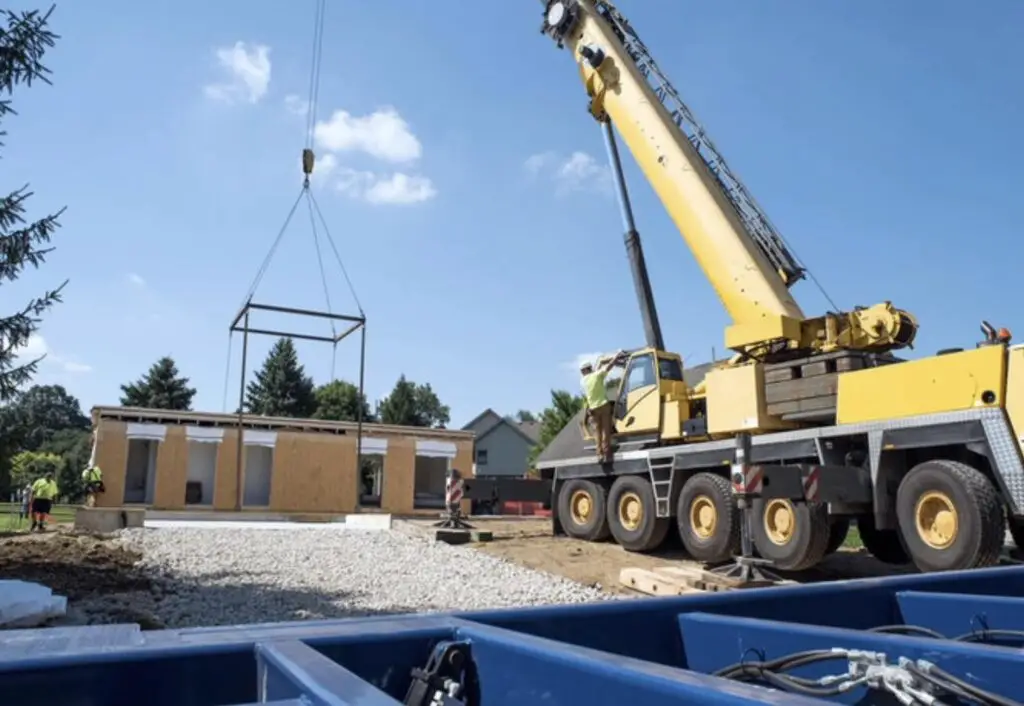
In conclusion, modular home construction stands out as a compelling choice for prospective homeowners, blending the allure of customization with the practical benefits of cost and time savings.
The key takeaway is the innovative nature of modular homes, which accelerates the building process and introduces a greener, more efficient way to construct a living space. This method represents a significant shift in how we think about building homes, offering a modern solution that meets the demands of today’s fast-paced world.
Real Estate Crunch gives you real property and real estate information and advice. We offer a free monthly newsletter; you can sign up for our newsletter by clicking here.
We also have a weekly podcast called “Real Estate Crunch,” found on all major podcast platforms. Listen to our podcast by clicking here.
Follow us on our social media platforms – Facebook and Instagram.
Related Questions
What Does EMV Mean In Home Foreclosure Listings?
EMV is also used for property tax purposes to show the price a property would likely sell if in the open market. The tax authorities would use the EMV rate to assess the home’s property taxes.
By clicking here, you can read more about What Does EMV Mean In Home Foreclosure Listings?
What Does “BAC” Stand For On A Real Estate Listing?
BAC stands for Buyer Agents Commission; is the amount of commission the Buyer Agent will receive for the real estate transaction. When the commission is paid in a real estate transaction, the Buyers Agent is not the only one that is paid, but payments are usually also paid to the Buyers Agent’s Broker, the Listing Agent, and the Listing Agent’s Broker.
By clicking here, you can read more about What Does “BAC” Stand For On A Real Estate Listing?
Can You Rent A Property Without Actually Viewing It?
Many people are looking to rent a property. They want to know if they can rent a property without viewing it. Maybe the property is much further away from where they live, or they don’t have the time to go through a viewing.
By clicking here, you can read more about Can You Rent A Property Without Actually Viewing It?
